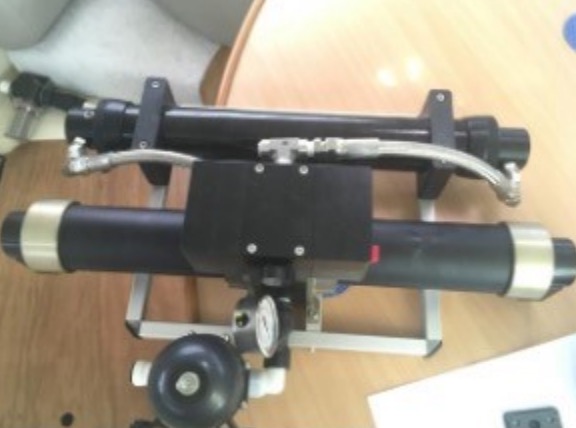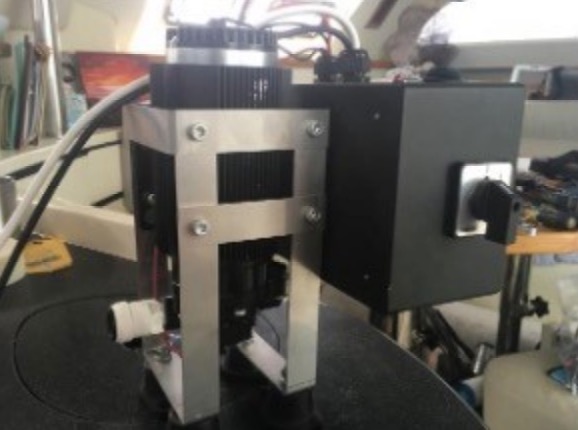Date: August 23, 2023
Author: Mike Wheatstone
Location: St Maarten, aboard our Leopard 43 winter retreat, Peregrine
In the last edition, we explored the high-output alternators on Peregrine. Today, we are shifting our focus to an equally critical enhancement – the integration of a new marine watermaker on a Leopard 43 boat.
In our Caribbean escapades, while water is accessible on the islands, procuring it isn’t always a hassle-free task. The need to relocate for water, particularly when faced with significant distances or bridge lifts, isn’t always feasible. Generating our own water on board presents multiple benefits:
- Convenience: Bypassing the need to frequently anchor for water
- Weight Management: Reducing the necessity to keep the 200G bow-mounted water tanks full, which results in lesser weight
- Increased Efficiency: Offering more flexibility in water consumption, beneficial for tasks like laundry or boat washing.
Given that Peregrine operates primarily on a 12V DC without a generator, our first watermaker choice had a high-pressure pump driven by a 1HP DC motor.
Used When an Engine Was in Operation
Despite its 80A current draw, it was predominantly used when an engine was in operation. The noise and inconsistent 800 PSI working pressure made this system less than ideal.

Many boats we encountered employed systems from Spectra or Schenker. These brands utilized an energy recovery pump intensifier, known for its superior energy efficiency and reduced noise levels.
These systems deploy a low-pressure feed pump in tandem with a Clark pump to achieve the necessary 800 PSI for reverse osmosis, all while using roughly a quarter of a traditional high-pressure system’s energy.
However, their price tag, ranging from US$5,800 to $14,000, reflected their advanced features and capacities.
A Short History
In 2020, my discussions with Electromaax unveiled their collaboration with David Smith, a pioneer behind the original Clark pump. Their enhanced Clark pump showcased modifications like an elongated piston, streamlined return tubes, and a shift from plastic and stainless steel to titanium components. The result? A quieter operation with reduced vibrations.
Their revamped system, combined with a 21” RO membrane, boasted a production rate of 10GPH with a mere 10A @12V power consumption, all packaged in a sleek, lightweight design priced at US$4,900.

After procuring their innovative system, the installation during the past winter was smooth. Its quiet operation, coupled with the absence of constant pressure monitoring, made it superior to our previous setup.
While some systems might produce more water hourly, the drastically reduced power consumption allows our watermaker to run for extended hours without concerns. Regular operation, every couple of days, easily caters to our water requirements.
In the near future, Electromaax plans to roll out an electronics package, transforming their watermakers from manual to push-button operations. Even if there’s an electronic failure, manual operation remains feasible. This package is certainly on our radar for potential integration.